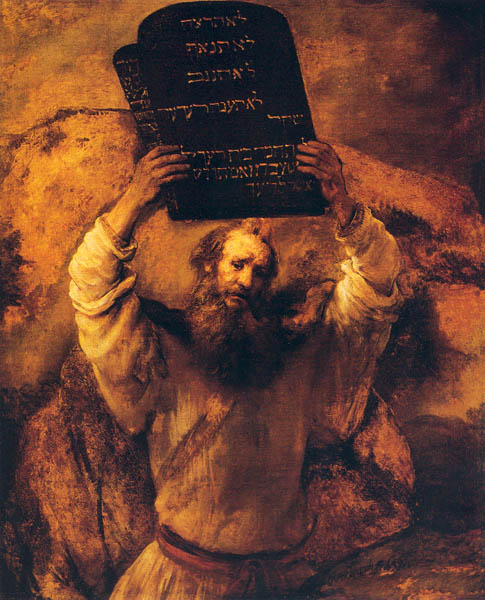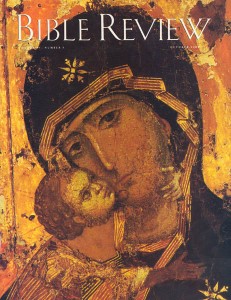
No single figure so dominates the pages of the Hebrew Bible as Moses. This is especially true of Deuteronomy, the final book of the Pentateuch. There Moses is not only the central figure, he is virtually the only figure. Indeed the only ones who speak in the book are Moses and God.
Scholars differ as to what role Moses actually played in Israel’s origins. Their views vary along a wide spectrum—from those who see the biblical record as essentially accurate in ascribing to Moses a leading and formative place in Israel’s history to Martin Noth’s famous conclusion that Moses came into the story only “because his grave site lay on the path of the Israelites who were occupying the land.”1
The portrait of Moses drawn in the Pentateuch is obviously the result of a complex stream of history, tradition, story and legislation. The final product is more readily discernible than the process by it came into being. Even in Deuteronomy itself there are some tensions between competing passages. But this very complexity, and perhaps even contradictions, testifies to the significance of Moses in the history of Israel’s religion, although it is admittedly difficult to go behind the final product in our search for history.
Already a library member? Log in here.
Institution user? Log in with your IP address.

